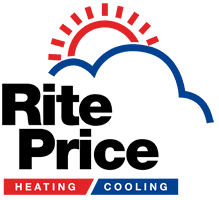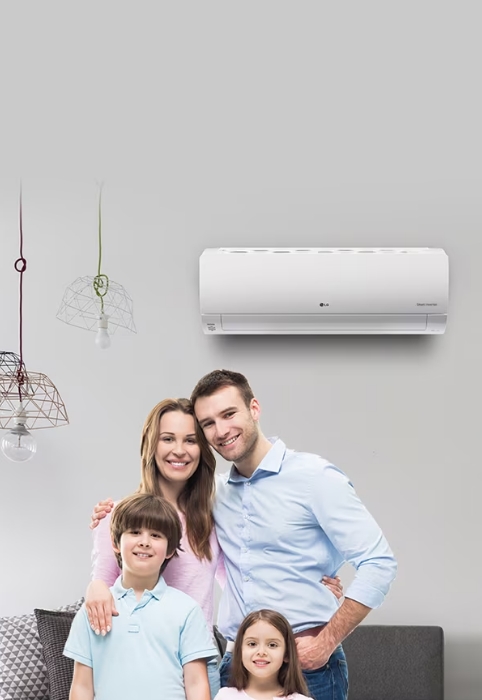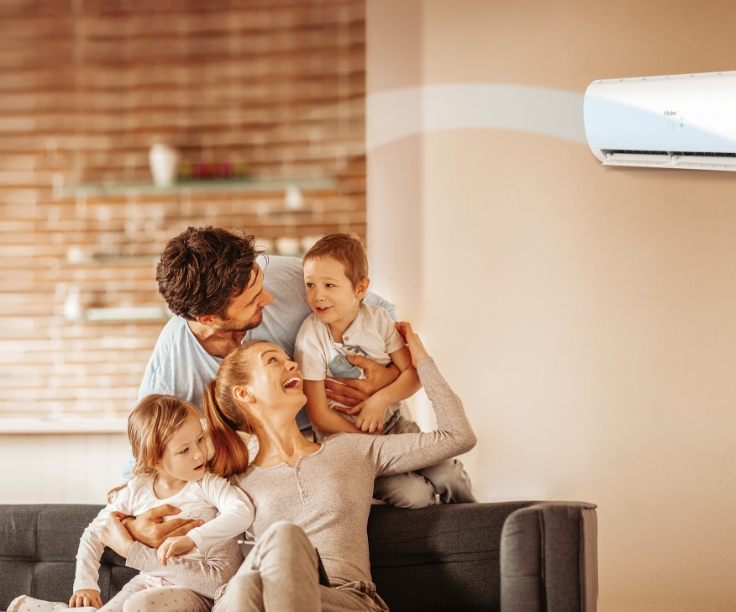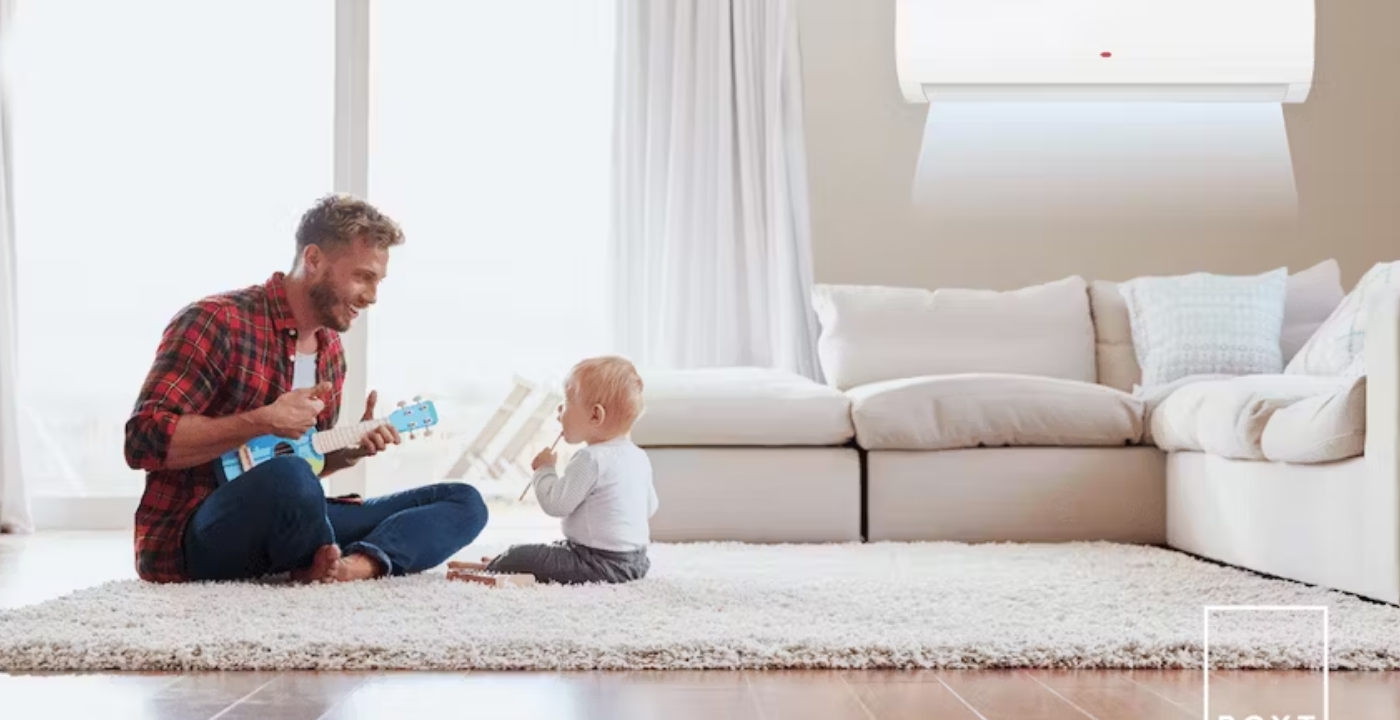The Pros and Cons of the Different Home Cooling Systems
A single home cooling systemscan cost thousands of dollars. You may want to carefully check what system works best for your home and your family’s needs, and what system suits your budget.
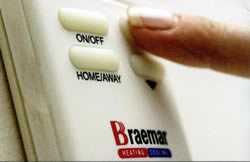
Cooling Systems Pros and Cons
Always consider the following pros and cons of the different home cooling systems in the market to find out what is best for you.
- Evaporative cooling system
The use of this system is a growing trend among households and businesses. It provides comfortably cool temperatures without the hefty cost of the unit, its maintenance costs, and its electric consumption. It is not the most efficient system in the market, but it is reliable and usually enough to meet the cooling needs of an average Australian family.
How does evaporative cooling systems work?
An evaporative cooler usually needs to be loaded with water or ice, which acts as the cooling agent. The unit absorbs warm air from the environment and let it pass through a cooling filter pads. This warm air is released back into the house as cold air to lower the temperature and dehumidify the stale air at the same time.
Unlike air conditioning units, evaporative coolers can be used with the doors and windows open. In fact, many consumers prefer to use their units this way during the hot summer months because it allows the fresh air to fill the house and at the same time, release bad odors and the stale air.
Pros of cooling systems:
- Less electricity is used – You can save up to 80% on your monthly bill by shifting to evaporative coolers from air conditioners. The consumption of every unit also normally stays the same regardless of the size of the area being covered.
- Fresh air is delivered – The evaporative cooler can guarantee fresh air when the air is allowed to flow from the outside to the inside of the house. Some types of cooling humidifiers can also be used as air freshener by adding a few drops of essential oil to the water or ice in the compartment.
- The unit, installation, and maintenance are more affordable – An evaporative cooler can be bought for half the price of an air conditioner. Moreover, there is practically no need for installation, while the maintenance can be easily performed without technical know-how.
- The air can be filtered for an allergy- and asthma-free environment –Most evaporative coolers now use HEPA filters to make sure that all pollens, allergens, dust, dirt, and airborne particles in the air are filtered. This is a perfect yet affordable option for families with asthma and allergies.
- Dormant air is replaced every two to five minutes – This is the time needed to replace the stale and stagnant air inside the house with fresher, cooler air.
Cons of cooling system:
- The floor coverage is smaller – Evaporative coolers can only cover up to 14 square meters efficiently. An area larger than that may need an additional unit.
- Cooling is less efficient – On average, an evaporative cooler can only lower the temperature down to 30 degrees. There are new but more expensive models though, that can lower the temperature down to 27 degrees.
- Air conditioning cooling system
Many websites and stores mistakenly classify evaporative cooling system as a type of air conditioning. However, the two uses entirely different principles or cooling methods.
Evaporative cooling only filters warm air and cools it down. It does not really condition the air in a room. On the other hand, air conditioning treats the molecular structure of the air before it is released inside an enclosed room, usually through condensation and by letting the air to pass through a set of cooling coils. It is a more elaborate process, which is why air conditioning units sell at higher prices and consume more electricity.
There are two common types of air conditioning cooling systems: wall split or split-type and ducted reverse cycle or central type.
Wall split air conditioning has two separate units: the fan unit, which is installed outside the house, and the air conditioning unit installed on the wall of a room. The two units are connected by drain pipes, which are also installed on the wall alongside the electric cables.
Pros:
- Cooling is efficient – It is considered as the most efficient type of air conditioning system as it can lower the temperature down to 17 degrees.
- The delivered air is clean and fresh – The user is guaranteed with fresh and clean air as the fan unit collects fresh air from the outside, which is filtered and processed in the compressor. Some brands even use nano-technology to kill airborne bacteria and other microorganisms.
- It reaches inner rooms – It can air condition even the rooms that are far from the nearest window.
Cons:
- The price is usually in the mid-high range – Aside from the fact that it consists of two separate units, the air conditioning unit itself also comes with a powerful motor, sometimes even with advance air-cleaning technology.
- Installing the unit may require professional service – Two units have to be installed and the drain pipes also have to be connected to the two units properly to avoid leakage.
The ducted reverse cycle, or more commonly known as centralized air conditioning unit, also uses the same principle as that of the split type. However, while the latter only has one compressor, these cooling systems can be used with multiple conditioning units connected by multiple ducts. It can condition several rooms all at the same time and each unit can also be used for heating purposes as well (HVAC).
Pros:
- Cooling is also efficient – It typically features what wall split air conditioners also feature.
- Every unit can be multifunctional – When used as an HVAC, it can serve for heating and cooling purposes.
- Its coverage is the largest – It can condition the entire house for as long as the ducts reach every room and corner.
- The unit is non-obstructive – It may seem like nothing is installed because all the units and ducts are above the ceiling.
Cons:
- This type is the most expensive – The unit and installation are guaranteed to cost thousands of dollars.
- The installation should always be done by professionals – You practically have to rework your ceiling and ducts, so only licensed HVAC specialists should be called.
- Controlling the distribution of cold air is usually limited – There may not be any way to separately control the temperature in each room if only one or two units connect multiple ducts inside the house.
